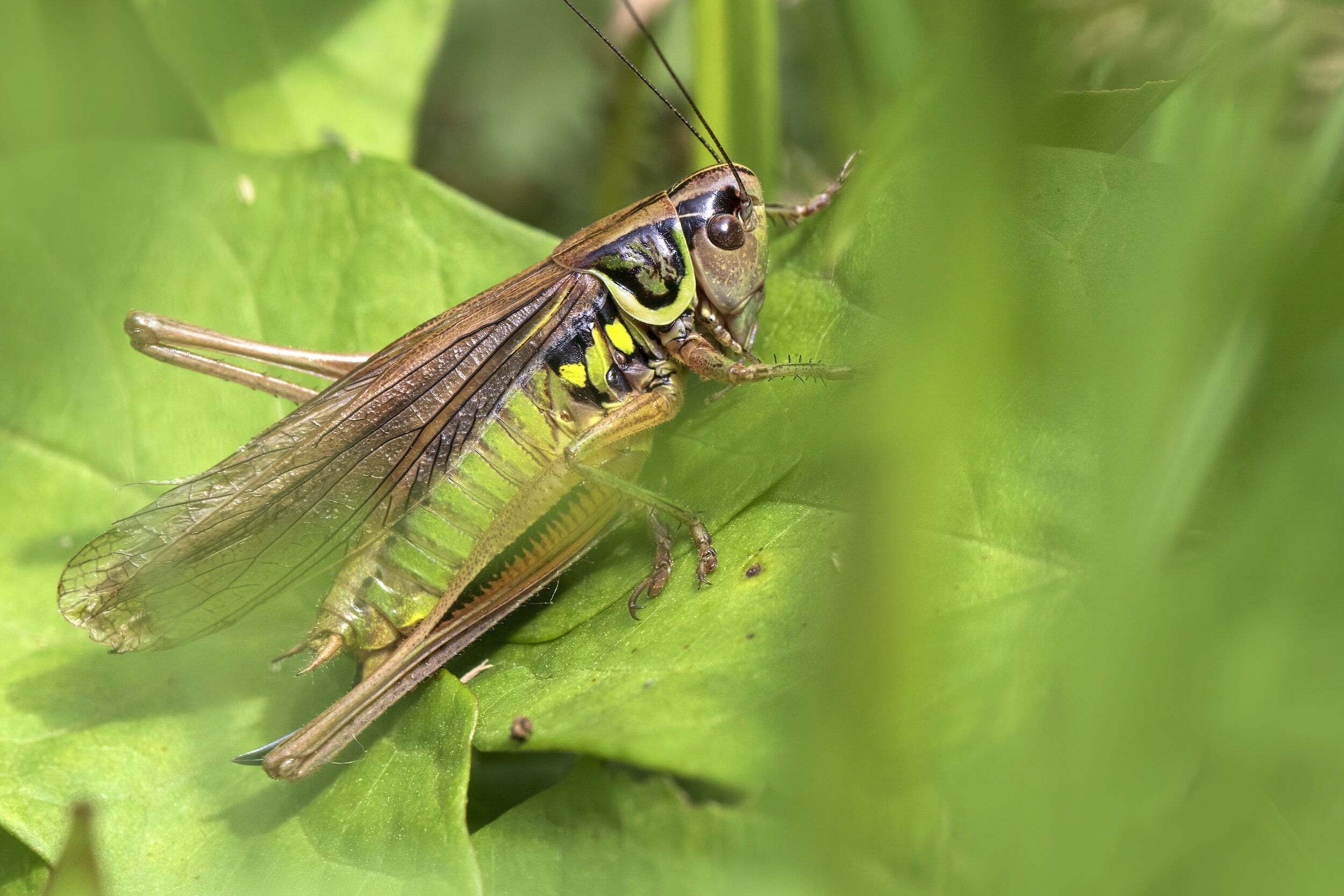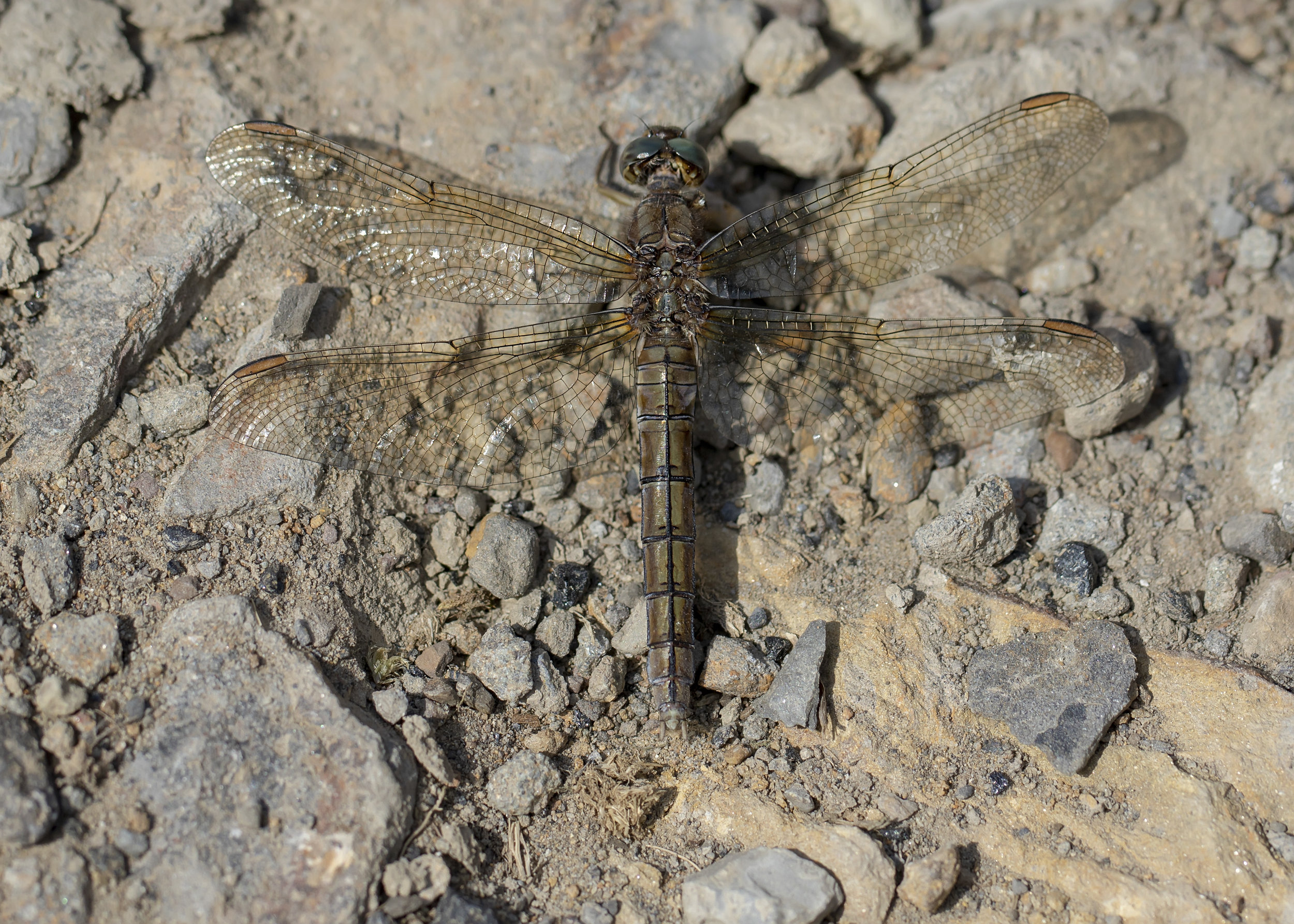Today I plan on doing absolutely nothing for my Birthday. It’s the weekend, the weather isn’t the best and last night I took a Piriteze tablet, which has knocked me out for the day lol. I got bit by three mosquitoes whilst recording nocturnal waders at Goldcliff Lagoons the other day which has left me itchy all over. Even though piritize usually helps with this sort of itchiness, I have a bad history with piritize, so I don’t take them often. They do make me extremely drowsy and I learned this the hard way as I ended up in A&E a few years ago after taking too many!. They completely knocked me out, like a very strong sleeping tablet. Jodie literally had to peel me off the floor, it was quite worrying at the time. I laugh now, but truth is, it was very stupid of me to not take the correct dosage, so please always read the box before taking any new form tablet. They might be small but they pack a punch!
Anyway, quick update on Nightjar’s. I have three pairs that have successfully fledged two chicks so far and the 4th has just started their second clutch having failed their first. I think they’ve only laid one egg like last year but I refuse to flush her off the nest to find out, like so many nest finders and photographers do.
I’m going to take this opportunity to educate people about Nightjar photos they might be seeing online. IF you see a female Nightjar on a stick with her eyes wide open, or wings in an awkward position, it’s because she has been flushed off the nest. I’m seeing plenty of photos online from irresponsible photographers who don’t know what they’re doing and are looking for that ‘perfect photo’ with the birds eyes open. If you do your job property as a wildlife photographer, which is to NOT to disturb them, their eyes should remain shut or slightly open, called ‘slit eye’. This shows that the bird is trusting in their own camouflage and stil believe they have not been spotted. If their eyes are wide open, you have got too close and the bird fears for it’s life. These birds should only have their eyes fully wide open at night and it makes me sick that there are people out there who are willing to disturb females off the nest just to get that one shot. Absolute idiots! I could easily name names, but I hope that they’ll read this blog and know that they aren’t fooling everyone. There will always be people out there that know the truth behind the photo.
In other news, we had a few days of sunny spells which has brought me back into bug hunting mode, which has finally lead me to find my first pink morph grasshopper! I think it’s a Field Grasshopper but without its usual colour features it’s actually quite hard to tell without it singing. In the same patch was a few Mottled Grasshoppers too and I seem to be finding Roesel’s Bush-crickets wherever I go now! With hundreds singing on the Gwent Levels, Llandegfedd, Pontypool Park, The Race Meadows, Green Meadow, Cefn Ila, and most unusually at an upland site near my Nightjars too. I’ve seen more long-winged Roesel’s this year than any year previous, so I believe this year is one of those exceptional years where conditions were so perfect, almost perfect enough for plague levels of dispersal. This does happen from time to time with locust species across the planet, but I don’t believe it’s anything to worry about here.
Here’s a slomo version of this very loud iconic, electric sound. In slowing the recording down you also bring the pitch down, which means everyone can enjoy the sound of this cricket as some may not be able to hear them as they’re so high pitched and we all lose the top range eventually. I’m losing it slightly in my right ear and I’m sure it’l catch up with me eventually but till then, I’m making the most of it.
Another loud but high-pitched grasshopper is that of a Long-winged Conehead, which is a personal favourite as slowing it down reveals this incredible pattern, otherwise inaudible at full speed.
I’ve done a lot more sound recording this month than photography, making the most of what’s left of summer weather. During surveys I’ve put out unmanned drop rigs, just to maximise productivity whilst at these beautiful locations on the Gwent Levels. I’ve really come to love the place even more after these surveys. Every tide sounds different, as the weather totally changes how the water hits the shoreline. Sometimes it bubbles up thru the mudflats, and others it crashes in like waves on a sandy beach. Here’s two examples below, both high tide in the exact same spot, sounding totally different both times.
I also took a trip to the Canyon, where I found plenty of butterflies, including a Humming-bird Hawkmoth feeding on bramble flowers on the cliff-face. I went there to record the sound of the small waterfalls, but I think I was a little too close now, listening back it can sound a little ‘tinny’ and that’s because the waterfall hits many rocks on the way down, so it’s just a collection of very small sounds, so I would have been better off further away, to capture the sound of the entire waterfall as a whole, instead of just one section of it. Lesson learned. It’s the equivalent of photographing a beautiful landscape with a macro lens.
Goldcliff Lagoons
Goldcliff Lagoons is a classic example of brilliant conservation. The management plan here, to keep the site in pristine condition for breeding waders, is almost perfect, keeping the grass short with cattle, and the water levels just right so that it’s not too deep, and not too dry, leaving just enough shoreline to keep many wading species content but also enough deep water to keep a constant ecology of aquatic invertebrates that provide a constant food source throughout all four seasons. That in conjunction with a high electric fence around the perimeter to keep ground predators out. As a result it’s become a safe haven for many declining bird species such as Avocet, Little Ringed Plover and Lapwing. Post-breeding we start to see the arrival of winter migrants and amongst the hundreds of Black-headed Gulls, were plenty of Ringed Plover, Little Ringed Plover, Common Sandpiper, Black-tailed Godwits, Dunlin, Knot, Redshank, Whimbrel, Curlew, Lapwing, and some fresh arrivals in the form of a single Bar-tailed Godwit, Greenshank, Sanderling, Green Sandpiper, Whinchat, Yellow Wagtail, and the infamous Glossy Ibis that’s been present for a few years now: So long that’s it’s been named ‘flossy’.
I timed my visit straight after a survey, as it was high tide and still fairly early with my survey finishing at 6:50am. It’s nice when you have high tide line up with the early morning sun, as theres usually more birds present and they’re all lit up by the morning sun, with all the platform and hides on the east side of the lagoons. I didn’t get much time to myself as it’s a popular location for birders, but here’s a few short recordings from the Snipe Platform, of Black-tailed Godwits feeding and a single Oystercatcher performing like it was spring again.
Beings I didn’t get much time alone, I planned a late trip at the next available high tide, which was at 10:30pm. Being dark by then, you couldn’t really see that much but I did see / hear large numbers of Curlew and Whimbrel arriving just after sunset and plenty of arriving waders making sound, but unfortunately the wind levels were too high for sound recording with a parabolic dish, so I’ll have to try again.
This late visit was the reason why I got bit by Mosquitoes 3 times, as there was a HUGE swarm over the lake. So large that you could hear the swarm over the top of the wind and thousands of waders!
Whilst I’m on the Nocturnal, here’s a recent heterodyne recording of a Pipistrelle Bat from a Bat Survey. Heterodyne is a process that transposes the ultrasonic frequencies produced by the Bat, down to an audible pitch that we can relate to. It’s still not the best way to appreciate the complexity and tonality of these Bat sounds but it’s the quickest way to ID Bats in the field, with use of a Bat Detector.
Nocmig
Autumn migration is finally here and I’m really starting to get some decent numbers of waders coming over my house in Sebastopol. I’m lucky here as I’m not too far away from the canal, which the birds are clearly using to navigate during the night on their migration.
There was one night that was particularly good, as we had short rain showers and low cloud, which wasn’t enough to stop waders from migrating, but was enough to bring them lower to the ground and therefor easier to pic up by the microphone. This resulted in a movement of 9 Dunlin, 7 Oystercatcher, 1 (possible 2) Redshank, 2 Moorhen and 1 Common Sandpiper. Here’s a few recordings showing mixed flocks also, which proves that these birds are often moving together. Since this day I’ve had some days with nothing at all, and the odd Oystercatcher, with a few Common Sandpiper. Autumn hasn’t even started yet so it should be an interesting season to come! Who knows what will end up over the house .























